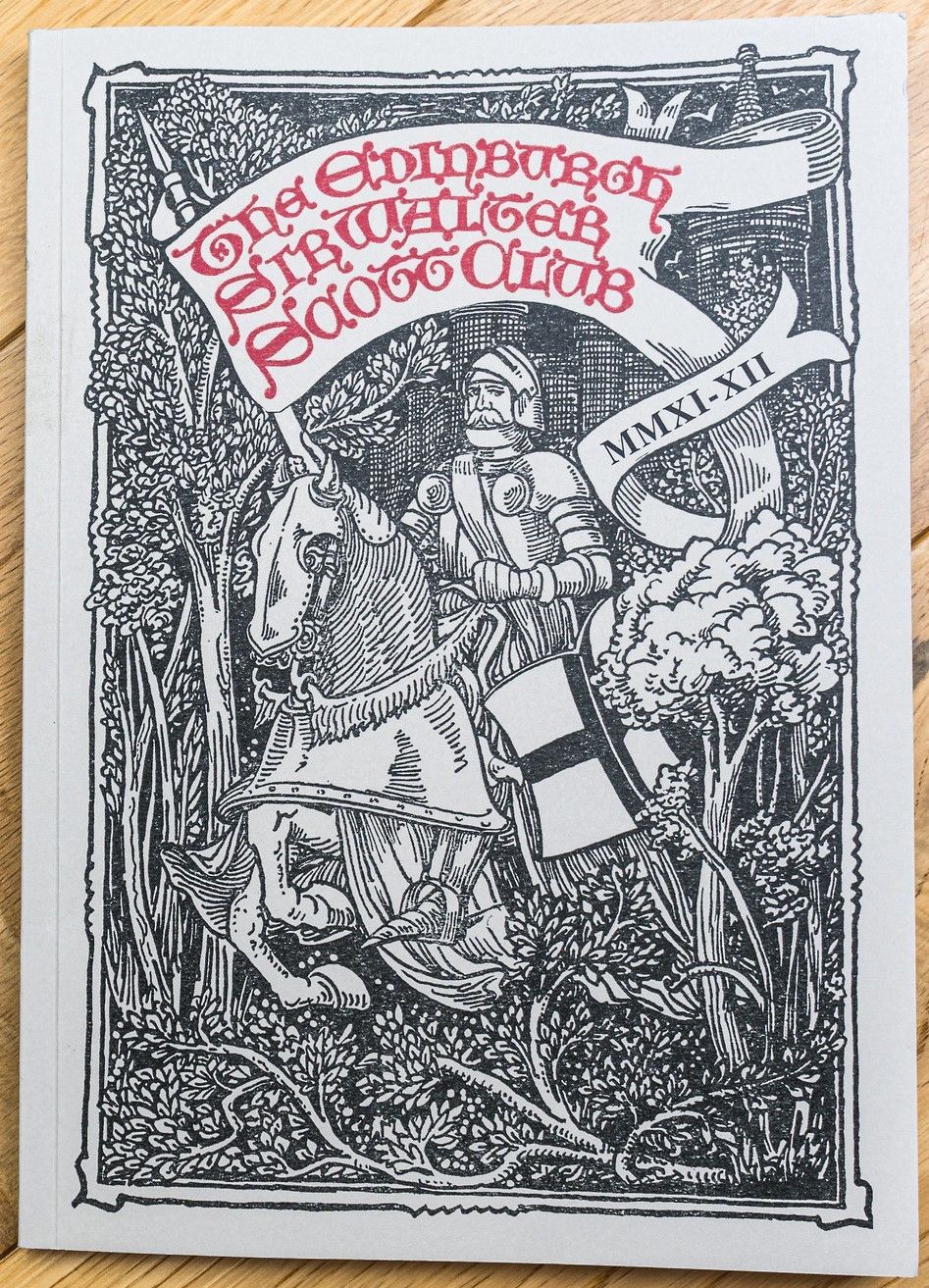Colloquium on Redgauntlet
Saturday 13th August 2011
Summary of the Talk:
The colloquium highlights Redgauntlet's deep connection with Scottish history, particularly the Jacobite past.
Professor Kathryn Sutherland explores Redgauntlet as a culmination of Scott’s historical novels, examining Scotland's tumultuous past from the 1679 Bothwell Bridge events to the aftermath of the 1745 Jacobite Rebellion. Sutherland emphasizes that Scott combines history with imagination, presenting history not just as a series of events, but as a framework through which to interpret human lives and ideologies. Scott, a historian deeply influenced by figures like David Hume, used his novels to question the limitations of history itself, reflecting on how events are shaped by the storytelling process.
Scott contrasts two extreme responses to history through his characters: the passionate fanaticism of Hugh Redgauntlet and the apathetic disinterest of Darsie Latimer. Darsie, uninterested in history, serves as an unconventional protagonist, offering a contrast to characters like Edward Waverley, who engage deeply with their historical context. Darsie’s indifference is highlighted by his failure to react emotionally to significant historical moments, such as his inheritance of an estate linked to his family’s history. His journey reflects a disconnection from history, unlike other characters in Scott’s works who are shaped by their historical environment.
Sutherland argues that Redgauntlet is Scott's boldest novel in confronting historical issues. Scott treats history as both an ideological construct and an imagined event, particularly in the fictional scenario of a third Jacobite uprising in 1765, which never took place. This non-event serves as a commentary on the pervasive influence of history and its failure to explain or resolve the complex narratives of human life.
Professor David Hewitt examines the narrative structure of Redgauntlet, particularly the complex interplay of different narrative voices. He discusses how the novel mixes various forms of storytelling—from Darsie's journal to letters and stories within stories. Hewitt draws attention to how Scott uses the act of writing as a form of psychological therapy for the character of Darsie. The narrative itself explores themes of self-exploration and the construction of personal and collective histories. Darsie’s struggle with his identity and his attempts to understand his place in history reflect Scott’s broader theme of how individuals and nations create meaning from their pasts.
The novel also presents multiple narratives, each offering different perspectives on history, identity, and legacy. From Wandering Willie’s Tale to the stories of Sir Alberick Redgauntlet, these diverse narratives provide readers with various ways of interpreting historical events, highlighting Scott’s exploration of how histories are constructed.
Interesting Points:
- Historical Imagination: Sutherland and Hewitt both highlight Scott’s innovative approach to history, treating it not just as a sequence of events but as a narrative shaped by human imagination and ideology. This approach reflects Scott’s broader engagement with history as a means of understanding human behavior and societal change.
- Darsie Latimer’s Apathy: Darsie, as an apathetic protagonist, contrasts sharply with Scott’s usual characters who are shaped by history. His lack of engagement with the past raises interesting questions about identity, historical responsibility, and personal growth.
- Multiple Narrative Forms: The novel’s structure, which includes various narrative voices, reflects Scott’s exploration of how different perspectives on history can coexist. The combination of letters, journals, and stories within stories creates a layered narrative that challenges readers to think critically about how history is told and understood.
- History as a Construct: One of the key themes discussed is how Redgauntlet invites readers to see history as something that can be constructed, deconstructed, and reinterpreted. The characters in the novel, like Redgauntlet, engage with history in a way that shapes their identities and actions, but the narrative itself suggests that history is not a fixed set of facts but a fluid, interpretive process.
This colloquium offers a deep dive into Scott's treatment of history, narrative, and identity in Redgauntlet, revealing how the novel challenges traditional views of history and the role of the writer in shaping our understanding of the past.
Download the [Transcript] or Read the [Bulletin]

Download the [Transcript] or Read the [Bulletin]
The 2011 annual colloquium was devoted to Scott’s novel Redgauntlet (1824), and also served as the Club’s own marking of Scott’s birthday. Both speakers had been involved in new editions of this key work, in which Scott returns to the subject of Jacobitism as well as exhibiting an array of novelistic skills. Emeritus Professor David Hewitt is one of the editors of the Edinburgh Edition of the novel, republished as a Penguin, and which is based on the first edition; and Professor Kathryn Sutherland is editor of the World’s Classic edition, based on the Magnum Opus edition, reissued in 2011 by Oxford University Press. Professor Hewitt held the post of Regius Chalmers Chair in English Literature at the University of Aberdeen until his retirement; Professor Sutherland is Professor of Bibliography at Oxford University. The discussion, which reached an animated conclusion, was chaired by Professor David Purdie.


